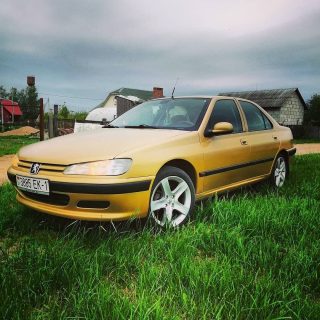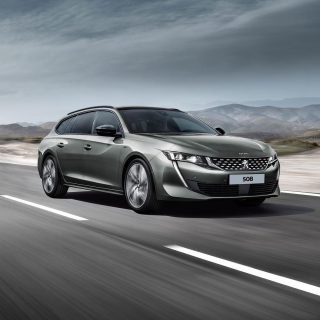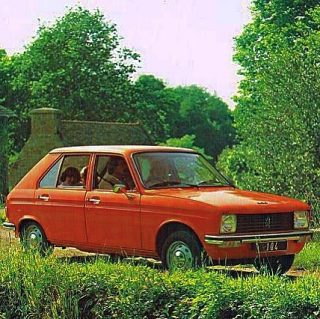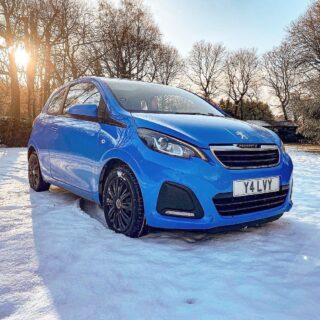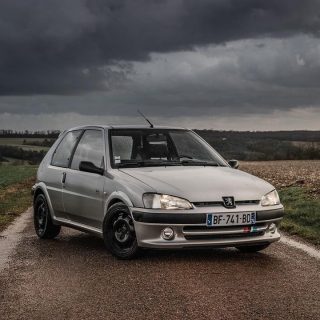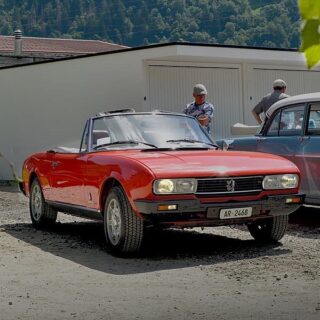
Produced in a single generation from 2001 to 2009, the Peugeot 307 is a small-sized (4,21 x 1,72 meters) premium city car born as heir to the 306 and predecessor to the 308. The 307 has a rounded and simple exterior shape, composed of tapered and minimal lines. The trunk has a standard capacity of 341 liters, which reaches 1328 liters when the rear seats are reclined. The interior is spacious and benefits from a much higher build quality than that of the 306; the dashboard also features a small non-RGB display that works as a little onboard computer. The instrument panel is fully analog. The 307’s structure and basic mechanics are inherited from the 306 but the suspension is softer, and new electric-hydraulic understeer was introduced to improve the driver’s comfort. All the brakes are disk brakes, and the engines’ power ranges from 68 to 136HP. The gearboxes available are two: 5-speed manual and 4-speed automatic. As the result of four stars at the Euro NCAP crash tests can confirm, the 307 is a very safe car as its structure is well-engineered and it features ABS as standard. In 2002, the pre-facelifted 307 won the “Car of the Year” award. Subsequently, the Station, SW, and CC (Coupe-Cabriolet) variants were introduced. The 307 CC also replaced the 206 WRC in the World Rally Championship. In 2005, a substantial facelift made the 307 look more aggressive, as well as more hi-tech, thanks to the introduction of Bluetooth technology. Many engines were upgraded, and a new 177HP flagship was introduced.
_________________________________________
📷 @307hblack
_________________________________________
🏎️ Peugeot 307
📍 France
🛠️ 1.4 HDi 160NM 68HP
💨 16,5 seconds
🔝 160km/h
💶 No longer on sale
_________________________________________
Our vote: ⭐⭐⭐⭐️ (4/5)
